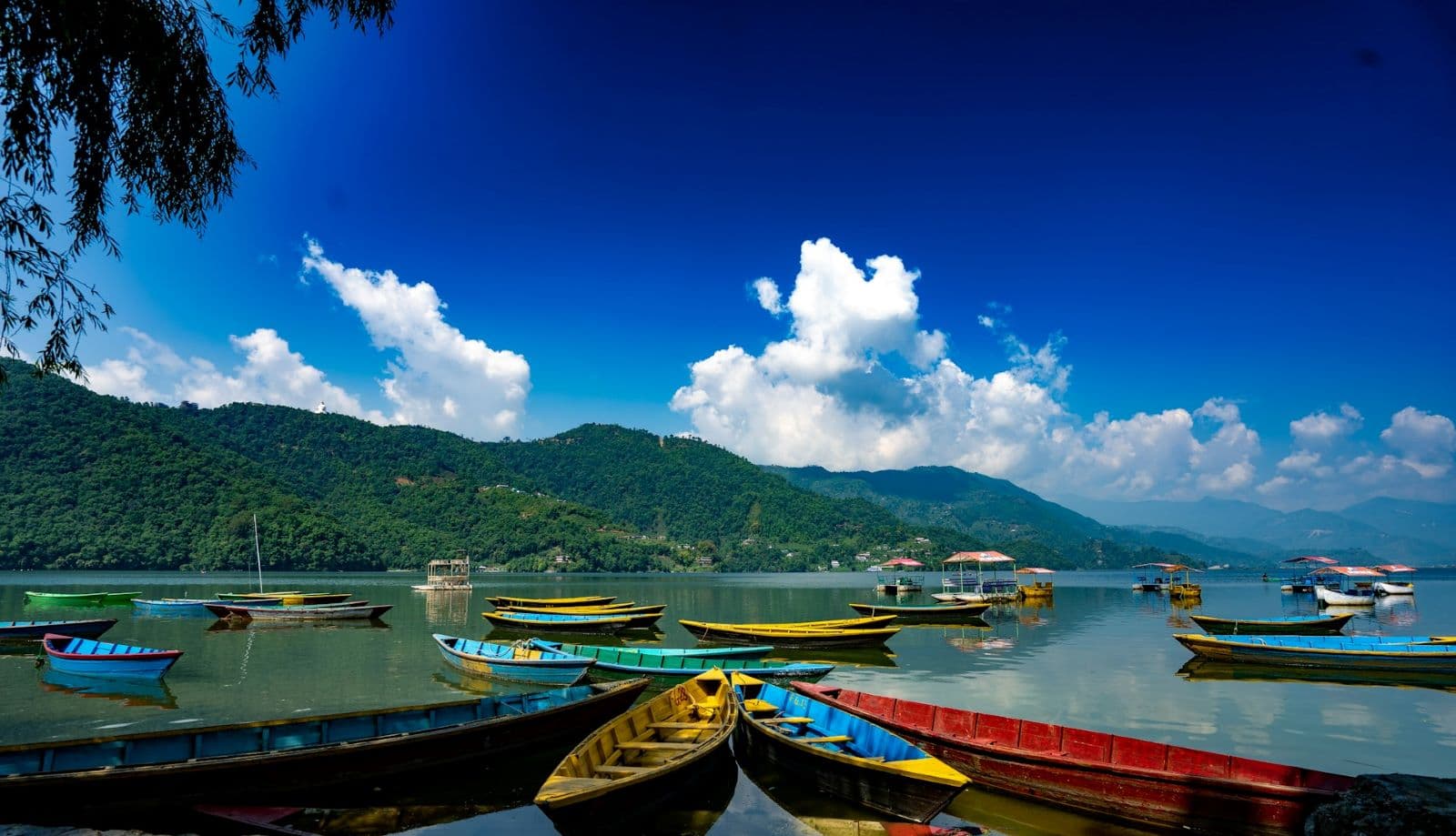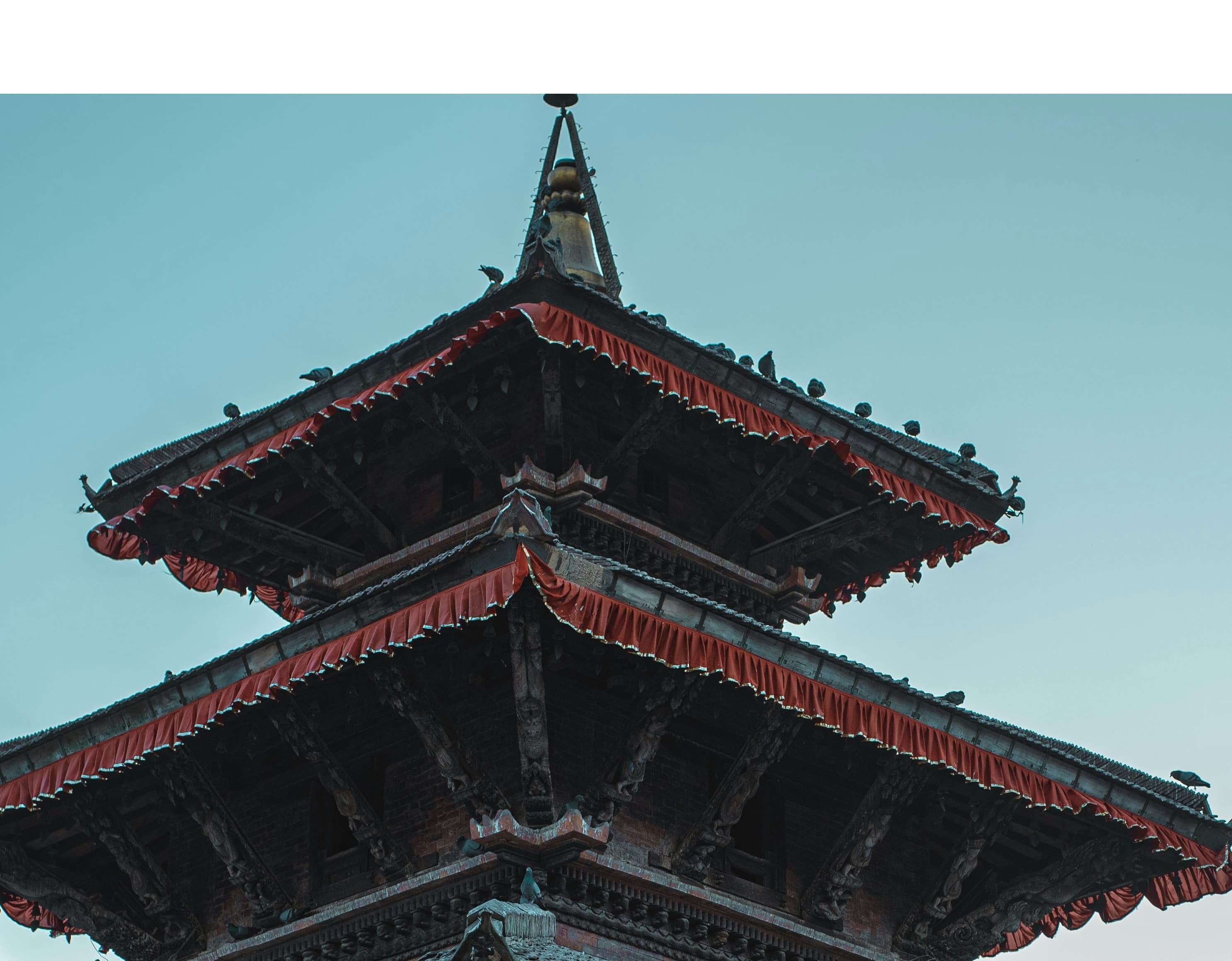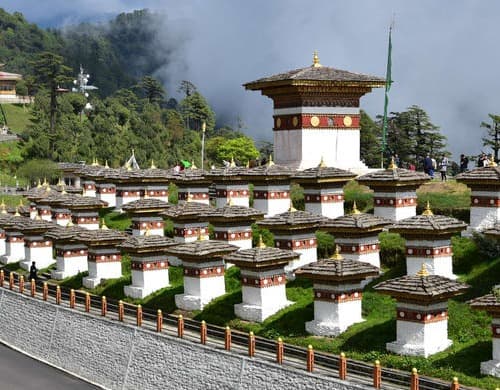Nepal, often heralded as the premier travel destination in Asia, offers an unparalleled array of tours and treks that attract adventurers and cultural enthusiasts alike. Nestled amidst the majestic Himalayas, Nepal boasts the world's highest peaks, including the formidable Mount Everest, making it a prime location for trekking enthusiasts seeking challenging and scenic routes. From the lush, verdant landscapes of the Annapurna Circuit to the culturally rich trails leading to the ancient city of Mustang, Nepal's diverse terrain caters to all levels of trekkers and hikers. Moreover, its rich cultural tapestry, vibrant festivals, and warm, welcoming locals enhance the travel experience, making Nepal not just a journey through nature, but a profound exploration of culture and human resilience. Whether you're a seasoned trekker looking for your next challenge or a curious traveler eager to experience rich cultural heritage, Nepal stands out as the top destination in Asia for an unforgettable adventure.
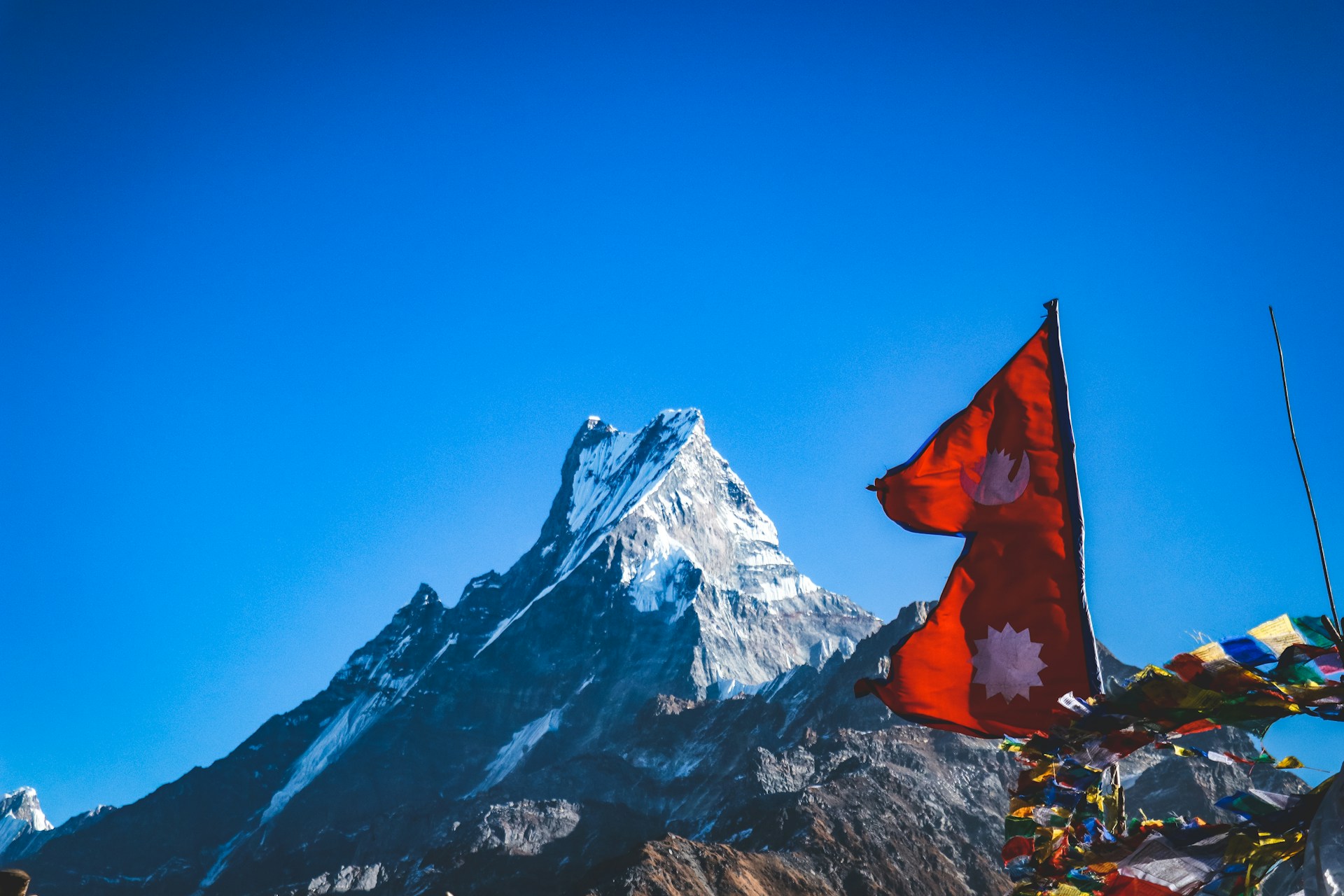
Reason to Travel in Nepal
One of the most compelling reasons to travel to Nepal is its extraordinary blend of natural beauty, ancient culture, and adventure. Home to eight of the world's ten tallest mountains, including the iconic Mount Everest, Nepal is a paradise for trekkers and mountaineers. The opportunity to trek through landscapes that oscillate between lush rhododendron forests, terraced rice paddies, and high-altitude landscapes above the tree line is incomparable.
Beyond the allure of the Himalayas, Nepal’s cultural diversity is equally mesmerizing. The country is a vibrant tapestry of ethnic groups, each with its own traditions and languages. This rich cultural mosaic is reflected in the myriad of festivals celebrated throughout the year, offering travelers a chance to experience local life up close. Places like Kathmandu Valley showcase centuries-old temples and stupas at almost every turn, highlighting the deep spiritual heritage that permeates throughout Nepal.
Traveling to Nepal is an enriching experience for many reasons. Here’s a concise list highlighting the best reasons to visit:
Trekking and Mountaineering: Home to the Himalayas, including Mount Everest, Nepal offers world-class trekking routes such as the Annapurna Circuit, Everest Base Camp, and Langtang Valley. These treks provide breathtaking views and challenging experiences for adventurers of all skill levels.
Cultural Diversity: Nepal is a melting pot of cultures, with numerous ethnic groups and languages. Exploring the country provides a deep dive into its rich traditions, festivals, and local lifestyles, particularly during vibrant celebrations like Dashain and Tihar.
Spiritual Enlightenment: With its roots deep in Buddhism and Hinduism, Nepal is dotted with sacred sites like Lumbini, the birthplace of Buddha, and Pashupatinath Temple. These sites offer serene environments ideal for reflection and spiritual growth.
Natural Beauty: From the snow-capped peaks of the Himalayas to the lush jungles of Chitwan National Park, Nepal's natural landscapes are diverse and stunning. This variety supports a wide range of outdoor activities beyond trekking, such as rafting, biking, and wildlife watching.
Sustainable Tourism: Nepal has embraced sustainable travel practices, offering eco-friendly accommodations and promoting local crafts and produce. This focus not only enhances the visitor experience but also supports local communities economically.
Adventure Sports: For thrill-seekers, Nepal offers paragliding, bungee jumping, mountain biking, and white-water rafting. The country's varied terrain makes it an ideal playground for extreme sports.
Affordability: Compared to many destinations, Nepal offers a very cost-effective travel experience. Accommodations, food, transport, and activities are reasonably priced, making it accessible for budget travelers.
Warm Hospitality: Nepalese people are renowned for their friendliness and hospitality. Visitors often feel deeply welcomed and leave with lasting friendships.
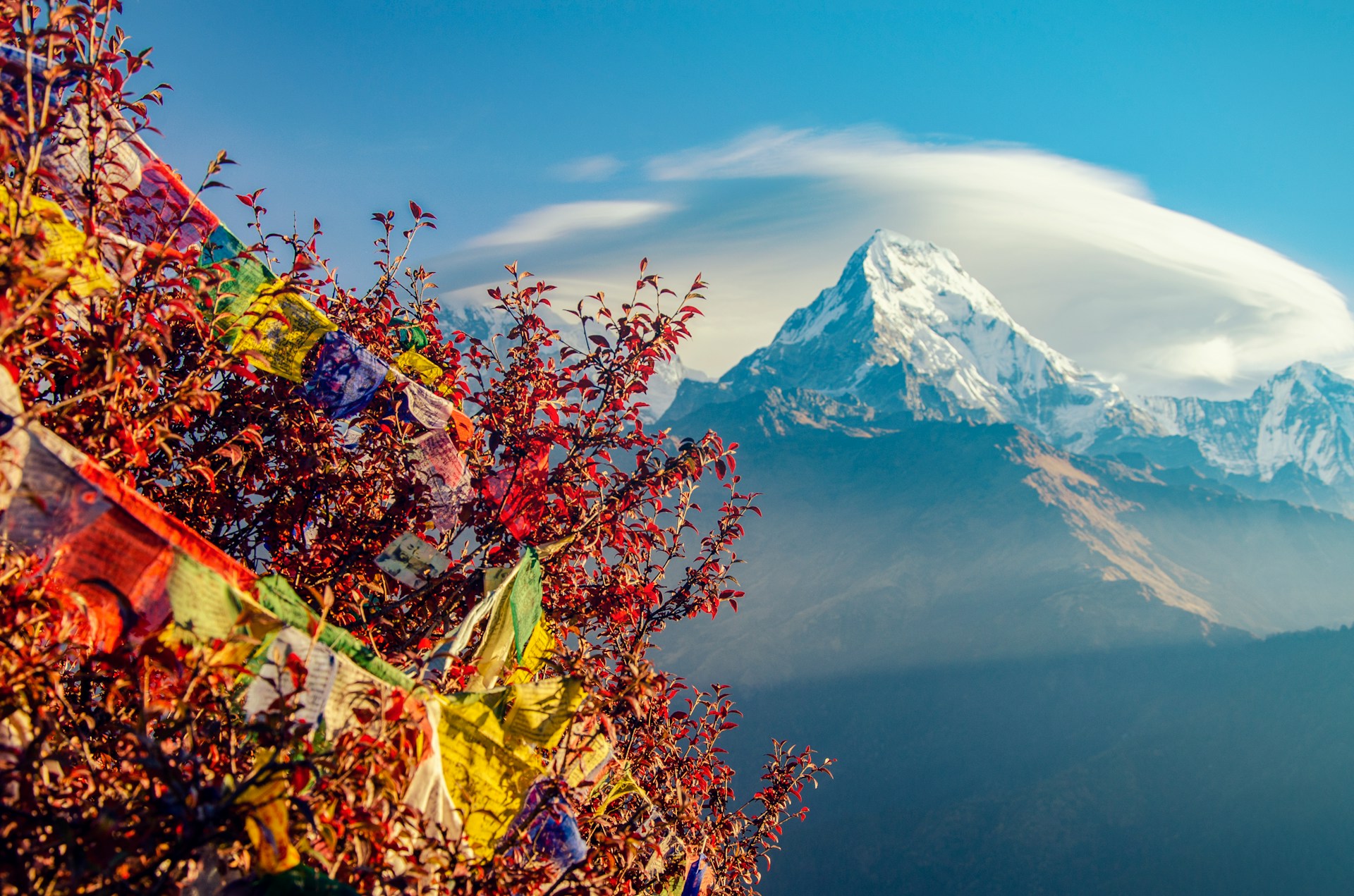
Nepal presents a unique and captivating destination, blending unparalleled natural wonders with profound cultural richness and vibrant adventure opportunities. Renowned primarily for its Himalayan ranges, Nepal is the quintessential haven for trekking and mountaineering, featuring iconic trails such as the Annapurna Circuit, Everest Base Camp, and the Langtang Valley. These routes offer trekkers of all skill levels the chance to encounter some of the planet's most breathtaking vistas and rigorous pathways.
The country's cultural diversity adds a vibrant layer to its appeal. As a melting pot of numerous ethnic groups, each with distinct traditions, languages, and festivals, Nepal invites travelers to immerse themselves in its cultural depth during lively celebrations like Dashain and Tihar. Additionally, the spiritual heritage of Nepal, rooted in Buddhism and Hinduism, is palpable in its many sacred sites, including Lumbini and the Pashupatinath Temple, which provide serene spaces for reflection and spiritual enrichment.
Nepal's stunning natural landscapes extend beyond mountainous terrain into lush jungles and protected areas like Chitwan National Park, supporting a plethora of outdoor activities from rafting and biking to wildlife watching. This natural beauty is preserved through the country's commitment to sustainable tourism practices, which enhance the travel experience while supporting local communities economically through eco-friendly initiatives and the promotion of local crafts.
For those seeking thrills, Nepal's varied geography makes it a playground for adventure sports, including paragliding, bungee jumping, mountain biking, and white-water rafting. The affordability of traveling in Nepal makes it an attractive destination for budget-conscious travelers, offering high-value experiences at a fraction of the cost compared to other global destinations.
Why Nepal is steeped in mystery and legend?
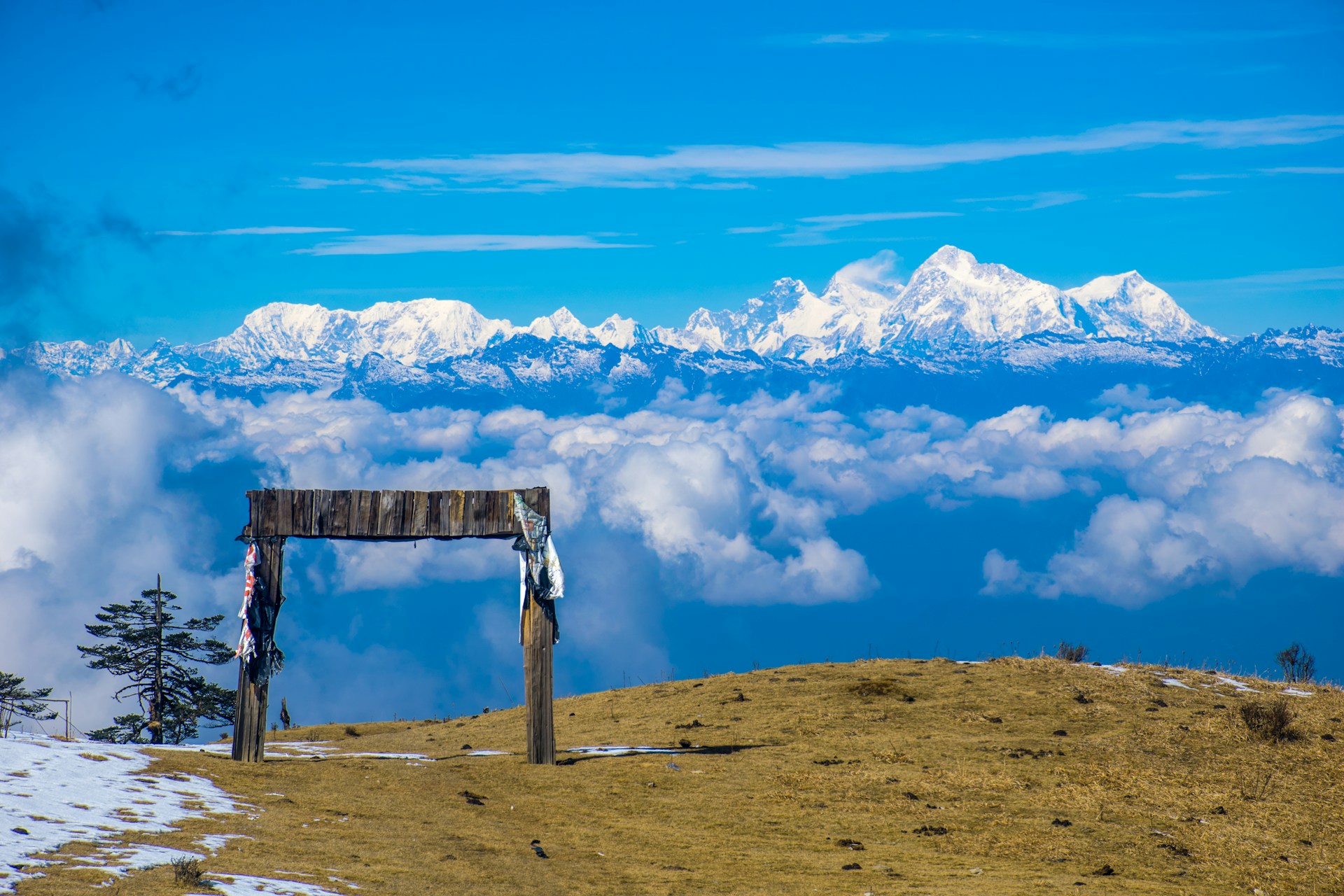
Particularly in its remote trekking areas, which are rich with tales of yetis, hidden valleys, and ancient rituals. Here are five mysterious facts about Nepal's tour and trekking regions:
The Yeti Legend: One of the most enduring mysteries associated with the Himalayas of Nepal is the legend of the Yeti, or the "Abominable Snowman." This mythical creature has been a part of Sherpa folklore for centuries. Western interest peaked in the 20th century with various expeditions claiming to have found footprints. The Yeti is said to roam the high altitudes, with sightings and stories most prevalent around the Khumbu region.
The Sky Caves of Mustang: The ancient Kingdom of Mustang, located in the rain shadow of the Himalayas, houses thousands of man-made caves high in the cliffs, some as high as 13,000 feet above sea level. The origins and purposes of these caves are shrouded in mystery, with theories ranging from burial chambers to meditation retreats for monks. Despite some archaeological investigations, many of the caves remain unexplored and their full stories untold.
The Riddle of Tiji Festival: Celebrated in the secluded Mustang region, the Tiji festival is a three-day ritual known as "The Chasing of the Demons," rooted in Tibetan mythology. The festival, which involves elaborate dances and rituals, is centered around a myth of Dorje Jono who battles against his demon father to save the Kingdom of Mustang from destruction. The festival is mysterious in its origin and profound in its significance, shrouded in ancient lore.
Kumari, the Living Goddess: The tradition of the Kumari, or living goddess, is a unique aspect of Nepalese culture, predominantly in Kathmandu. A young pre-pubescent girl is chosen to be the human incarnation of the divine female energy, or Devi. The selection process, her life, her rituals, and the beliefs surrounding the Kumari are steeped in secrecy and reverence, adding a layer of mystique to her presence during special appearances and festivals.
The Hidden Valley of Nar Phu: Tucked away between the more popular Annapurna and Manaslu regions, the Nar Phu Valley is known for its rugged and untouched beauty and its relatively recent opening to trekkers. The valley is home to medieval Tibetan culture virtually untouched by modernization, and many mystical stories of locals encountering spirits and deities in the landscapes. The isolation and restricted access contribute to the valley’s mysterious aura.
Nepal is often considered more scenic and beautiful compared to other Asian countries for several key reasons:
.jpg)
Diverse Landscapes: Nepal's topography is incredibly diverse, ranging from the towering Himalayas to the north to the lush, subtropical plains of the Terai in the south. This diversity allows travelers to experience dramatic changes in scenery within relatively short distances—from icy mountain peaks to warm, dense forests.
The Himalayas: Nepal is home to some of the world's highest peaks, including Mount Everest, the tallest on Earth. The presence of the Himalayan range offers unmatched trekking opportunities and breathtaking vistas that are hard to find elsewhere.
Natural Beauty: Beyond the mountains, Nepal is rich in natural beauty, including national parks like Chitwan and Bardia, known for their wildlife and jungle safaris. The country’s commitment to conservation helps maintain its pristine environments, providing stunning, unspoiled landscapes.
Cultural Landscapes: The blend of natural beauty with cultural significance enhances Nepal’s allure. Ancient temples, monasteries, stupas, and palaces dot the landscapes, offering scenic views that are also culturally and spiritually profound. This integration of human history with natural landscapes creates a visually unique experience.
Unique Geographical Features: Features such as the deep gorges of the Kali Gandaki River, the valley of Kathmandu, and the high-altitude desert of Mustang add to the scenic variety. Each region has its own distinctive features that contribute to the overall beauty of the country.
Fewer Industrialized Areas: Compared to many other Asian countries, Nepal has fewer large cities and industrial areas, which helps preserve its natural and scenic beauty. Much of the country remains rural and underdeveloped, which is appealing for those looking to experience nature without the encroachment of urban sprawl.
These factors, combined, make Nepal a particularly scenic and visually appealing destination in Asia, attracting nature lovers, adventurers, and cultural enthusiasts alike.

